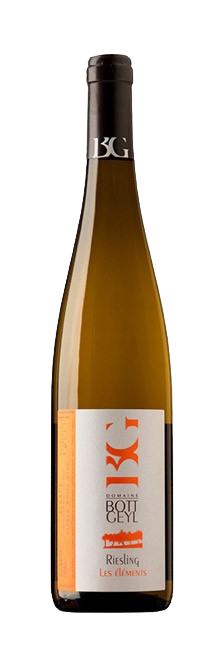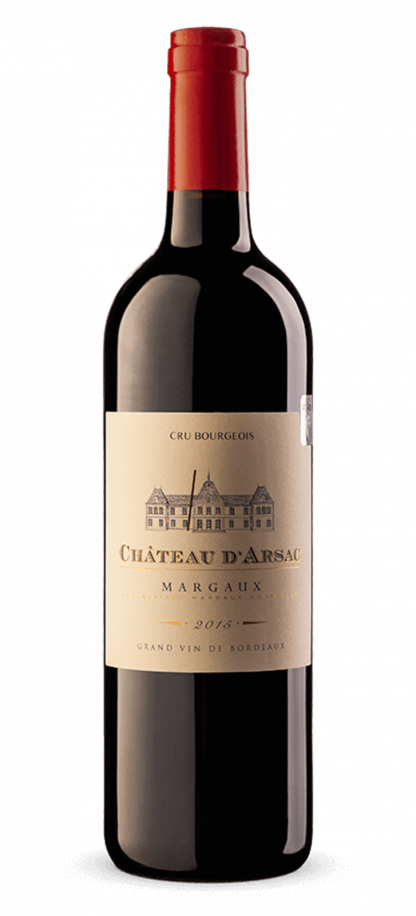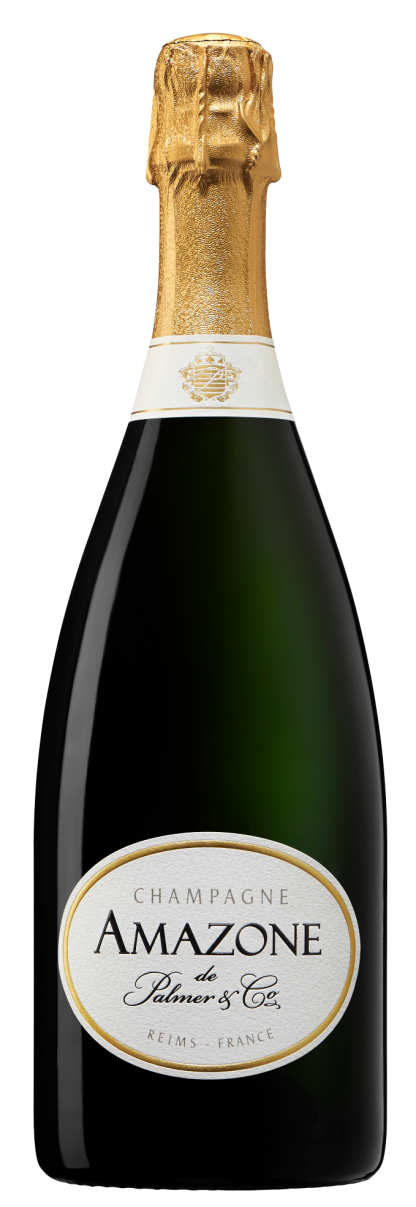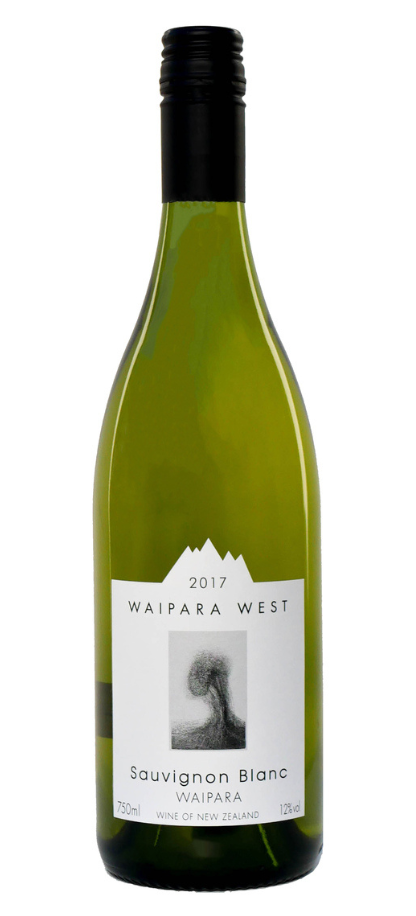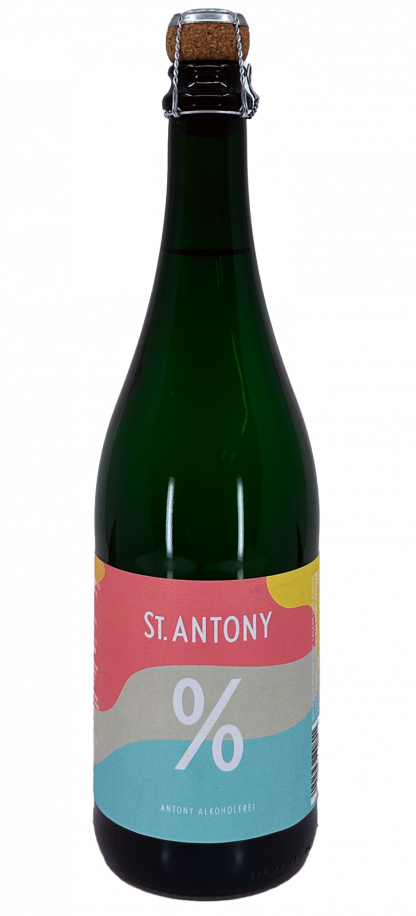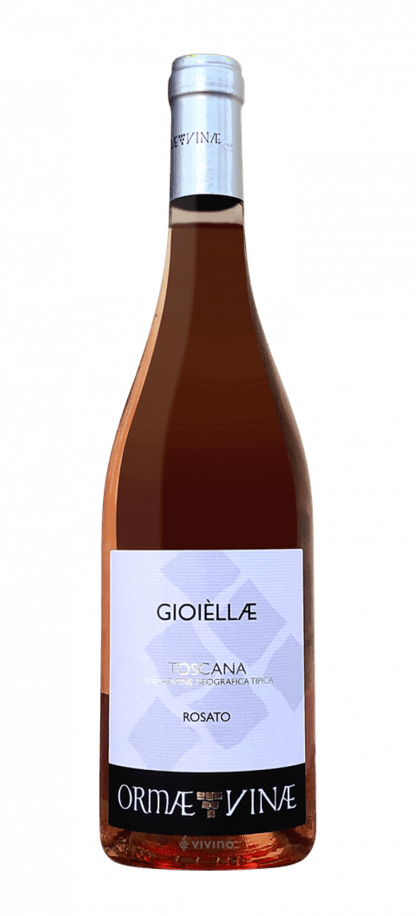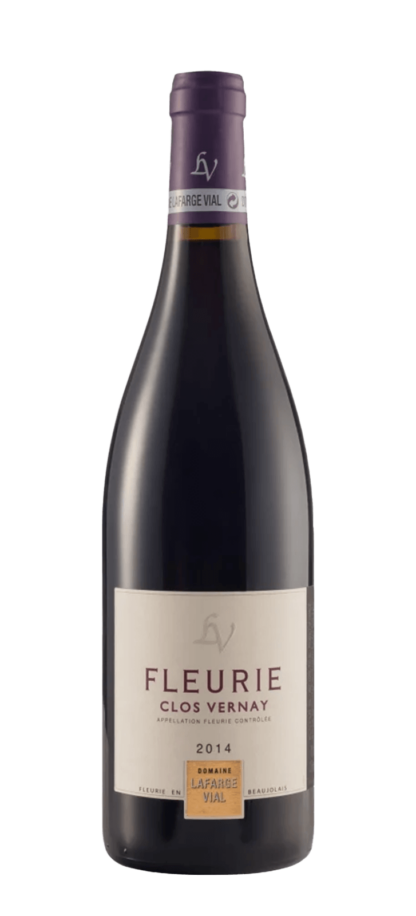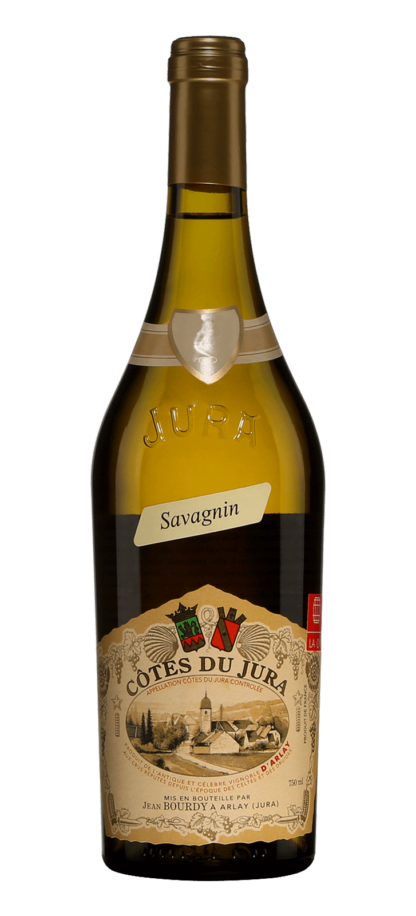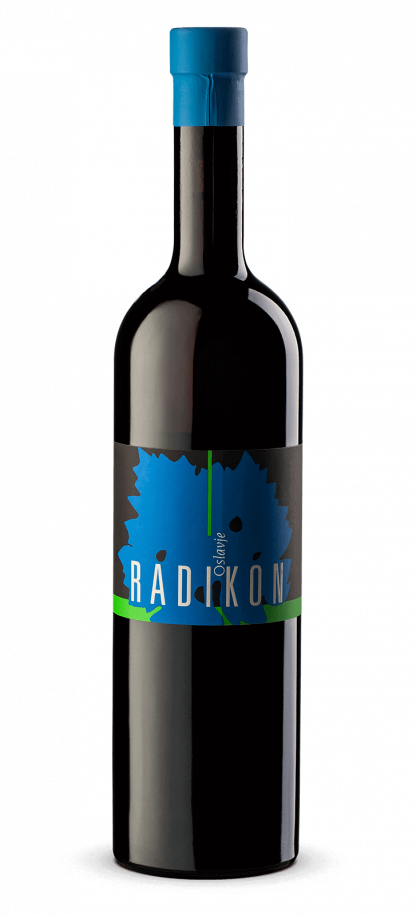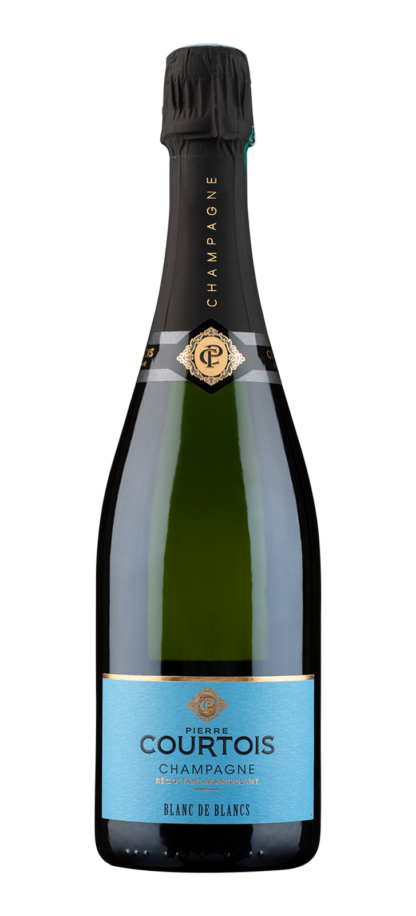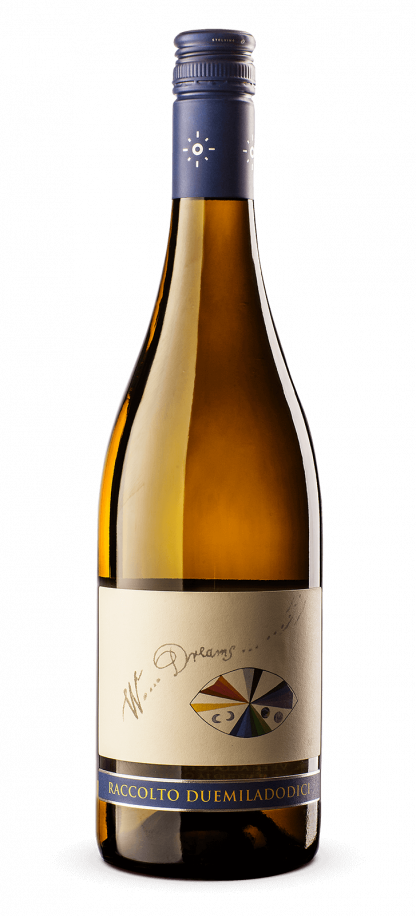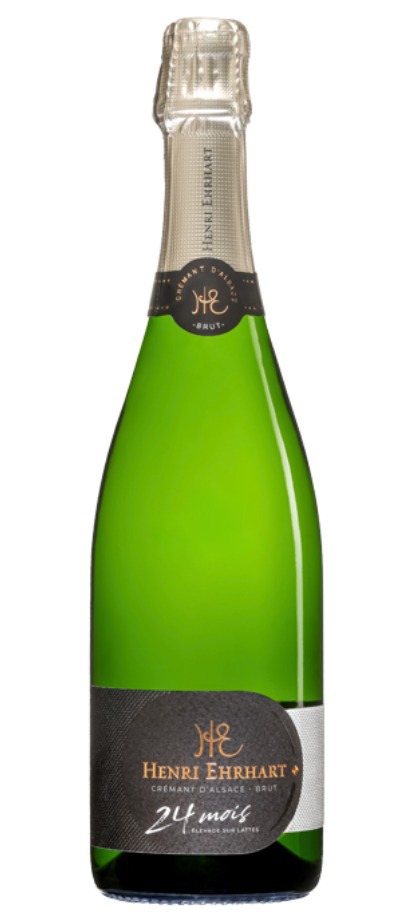Vina Gravonia Rioja Crianza 2015
Viña Gravonia Rioja Crianza 2015 Blanco garšas notis atklāj unikālu aromātu sajaukumu, tostarp žāvētu augļu, mandeļu un vaniļas nokrāsu, pateicoties tā novecošanai ozolkokā. Pēc garšas tas piedāvā bagātīgu tekstūru ar līdzsvarotu skābumu, izceļot citrona, bumbieru garšu un mineralitātes pieskārienu, nodrošinot garu, niansētu nobeigumu. Šis vīns ilustrē dziļumu un eleganci, ko var panākt ar Viura vīnogām, īpaši rūpīgi izturējot.
Ēdienu apvienošanai šī baltā Rioja ir ideāli piemērota bagātīgu zivju ēdienu, piemēram, grilētu tunzivju vai mencu, pievienošanai krēmīgā mērcē, kur tās ķermenis un skābums izceļ ēdiena bagātību. Tas lieliski sader arī ar mājputnu vai trušu gaļu, īpaši, ja tie ir pagatavoti ar zaļumiem vai vieglu mērci, ļaujot vīna sarežģītībai un garšas dziļumam uzlabot maltītes kopējo garšas profilu.
3 in stock








